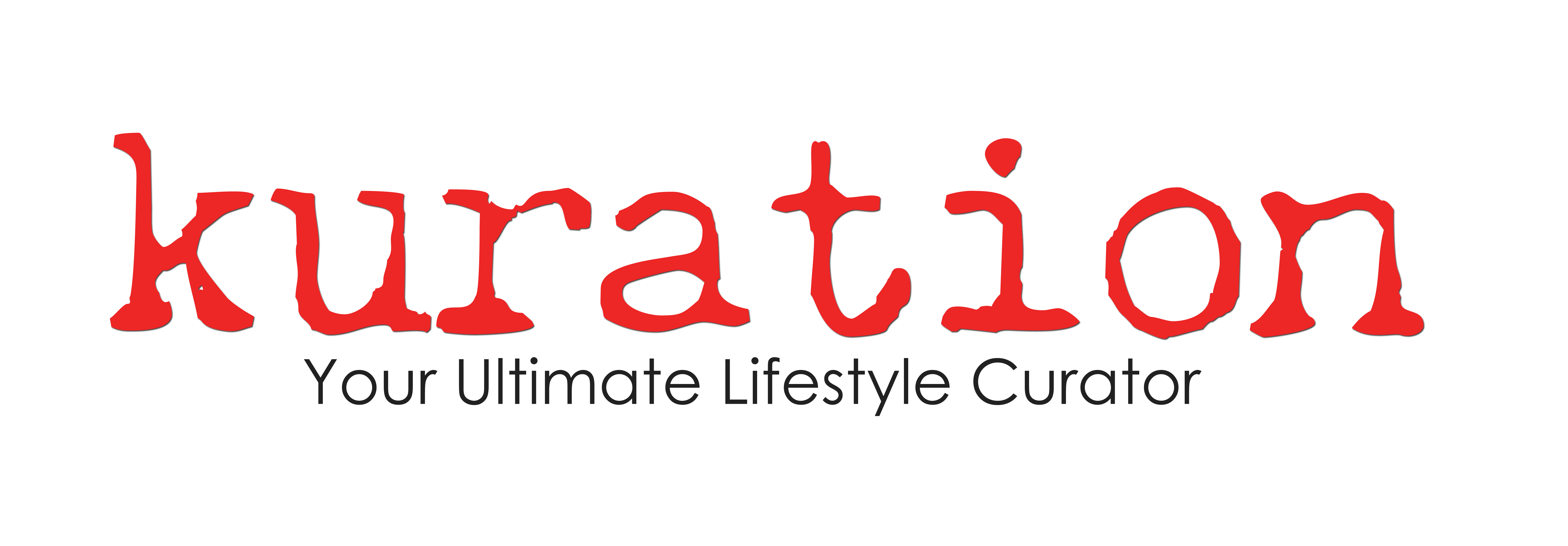The Met Gala, formally known as the Costume Institute Gala, is one of the most anticipated and glamorous annual events in the fashion world. Held on the first Monday in May, the event serves as a fundraising gala for the Metropolitan Museum of Art’s Costume Institute in New York City. Beyond its charitable purpose, the Met Gala has evolved into a significant cultural phenomenon, celebrated for its elaborate themes that inspire attendees to showcase their most creative and extravagant fashion interpretations.
Origins and Early Years
The Met Gala was founded in 1948 by publicist Eleanor Lambert as a means to encourage donations from New York’s high society. Initially, the event was a simple midnight dinner with tickets priced at $50 each. Throughout the 1950s and 1960s, it remained a modest gathering compared to the lavish spectacle it is today.
The Evolution of Themes
It wasn’t until the 1970s, under the direction of Vogue’s Diana Vreeland, that the Met Gala began to adopt themes, transforming it into a thematic costume ball. This change allowed for greater creative expression and aligned the event more closely with the museum’s exhibitions.
1971: “Fashion Plate”
One of the earliest themed galas, “Fashion Plate,” celebrated the works of designers from the 18th century to the contemporary era. This theme set a precedent for future galas, highlighting fashion’s historical and artistic significance.
1973: “The World of Balenciaga”
Dedicated to the Spanish couturier Cristóbal Balenciaga, this theme honored the designer’s contributions to fashion, showcasing his innovative silhouettes and exquisite craftsmanship.
Thematic Flourish in the 1990s and 2000s
Under the stewardship of Anna Wintour, who became chair of the event in 1995, the Met Gala’s themes became more elaborate and widely publicized, attracting celebrities and designers from around the world.
1995: “Haute Couture”
This theme celebrated the craftsmanship and artistry of high fashion, focusing on the painstaking detail and creativity that define couture.
1999: “Rock Style”
“Rock Style” explored the intersection of fashion and rock ‘n’ roll, highlighting how music icons influenced and were influenced by fashion trends.
Themed Spectacles in the 2010s
The 2010s saw some of the most memorable and extravagant themes, with attendees increasingly pushing the boundaries of fashion and creativity.
2011: “Alexander McQueen: Savage Beauty”
This theme paid tribute to the late Alexander McQueen, showcasing his bold and provocative designs that often blurred the lines between fashion and art.
2015: “China: Through the Looking Glass”
This theme examined the influence of Chinese aesthetics on Western fashion, featuring stunning and intricate designs that reflected the rich cultural heritage of China.
2018: “Heavenly Bodies: Fashion and the Catholic Imagination”
One of the most talked-about themes, “Heavenly Bodies,” explored the relationship between fashion and Catholicism. The exhibition included opulent and ecclesiastical-inspired garments, making it one of the most visually striking galas in history.
Recent Themes and Contemporary Reflections
2021: “In America: A Lexicon of Fashion”
Postponed from its usual May date due to the COVID-19 pandemic, this theme celebrated American fashion, emphasizing diversity and inclusivity within the industry.
2022: “In America: An Anthology of Fashion”
Continuing the exploration of American fashion, this theme delved deeper into the historical narratives and untold stories that have shaped the country’s sartorial landscape.
2023: “Karl Lagerfeld: A Line of Beauty”
Honoring the legendary designer Karl Lagerfeld, this theme paid homage to his vast contributions to fashion, from his tenure at Chanel to his eponymous label, highlighting his iconic aesthetic and innovative designs.
2024: “Futurism in Fashion: Imagining Tomorrow”
The theme for the 2024 Met Gala, “Futurism in Fashion: Imagining Tomorrow,” is a forward-looking celebration of innovative design and technological advancements in the fashion industry. This theme invites designers and attendees to envision the future of fashion, exploring concepts such as sustainable materials, wearable technology, and digital fashion. The exhibition will showcase garments that push the boundaries of creativity, incorporating cutting-edge technology and futuristic aesthetics. “Futurism in Fashion” reflects the industry’s ongoing quest to merge creativity with functionality, sustainability, and the ever-evolving digital landscape, highlighting how fashion continues to innovate and redefine itself in the modern world.
The Met Gala’s Cultural Impact
Over the years, the Met Gala has transcended its origins as a simple fundraising event to become a global platform for artistic expression and cultural commentary. Each theme not only reflects a particular aspect of fashion history but also encourages a dialogue about the broader cultural and social issues embedded in the world of style. The Met Gala remains a testament to the power of fashion as a form of art and a reflection of society’s evolving narratives.





